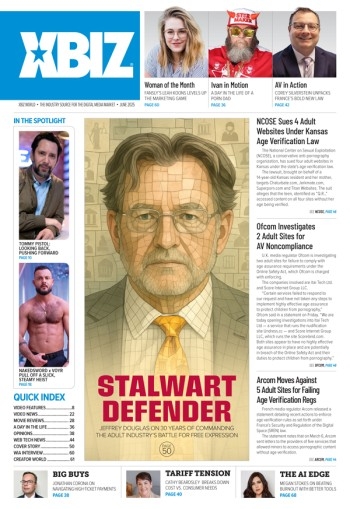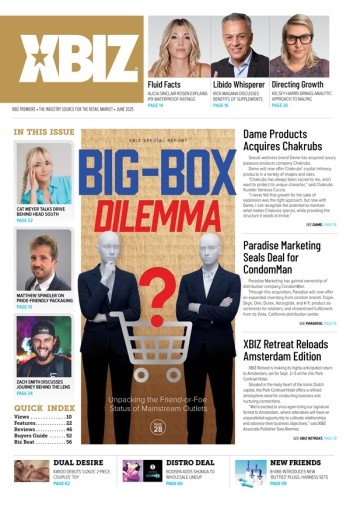I remember asking myself, “How are you ever supposed to get everything done, ever?”
My second daughter had just been born. At the time, we were in the midst of a cross-country move and living in a tiny Airbnb while our new home was nearing completion. I was running JuicyAds, my consulting business, as well as actively managing my many projects and investments from a kitchen table.
Taking founder’s syndrome head-on means finding good people to help.
Everything was harder than it needed to be, with life and priorities changing quickly. Under those circumstances, how would I have ever gotten half the work done if I hadn’t broken free from what was previously holding me back?
There is growing pushback in entrepreneur circles about the “badge of honor” earned by working ridiculous hours and the delusion that doing so and sacrificing to that degree will somehow lead to riches. It may or it may not, but being “present” is what seems to be more coveted now. That means working smarter, not harder. For media buyers at least, using automated rules-based optimization products (like my company’s Adsistant), can save potentially hundreds of hours on long-term campaigns.
If you are anything like me, your to-do list is endless, like your Instagram feed. Tackling that list in a meaningful way has been a decade-long battle for me, before I realized it was the result of something called founder’s syndrome. No, it’s not related to coronavirus, and it is not contagious (whew).
If you don’t know what founder’s syndrome is, you’re not alone. After three years of consulting and providing business strategy for a growing number of established companies and startups, I can tell you that it’s pretty common, but almost nobody has heard of it. No company is safe. In fact, I’ve consulted for companies tackling this problem across a diverse array of industries, including e-commerce, technology and even construction.
Think of it as “if you want something done right, you have to do it yourself” syndrome. The first time I heard it, was in an article featuring the iconic Craigslist founder (his name is Craig, shocker). Sometimes called “founderitis,” it refers to when the founder(s) of an organization maintains disproportionate control over a company, often by handling too many tasks and too many of the decisions.
This pattern of behavior continues long after the startup phase and beyond the point where the growing company can maintain that structure. The centralized leadership causes bottlenecks, founder burnout and the collapse of companies. It is the result of failure to both delegate and execute, by not building the team architecture of a company. A company needs oxygen and structure in place to build a flame into a fire that won’t just flare up and fizzle out. I struggled with this myself and learned how to beat it.
It’s easy to come up with good ideas. For ambitious people, that can be a problem, because it is just so easy to say “yes” to more and to work yourself every hour of every day. At one point in my life, I was happy to work every hour of the day (I was miserable in my first marriage). But, even when I found happiness in my new life and wanted to spend more time with the love of my life, I did not want to pump the brakes or stop on the business side. Instead, I found my way to beat founder’s syndrome and doing “too much” by punching the gas — full throttle ahead.
Last January, I had just completed reading Ray Dalio’s “Principles” and began structuring my companies and projects better; I discovered the key to handling such an enormous workload was trusting other people. So, I spent the following year not only restructuring, but also planning and laying out new strategies. It was ultimately the crushing ambition of a workload that would take any one person a lifetime to complete, which forced the change that was needed. You either have to let go and cut things out of your life, or you have to hire good people.
Half the struggle is getting information into the hands of other people, because if you don’t delegate, work ends up creating more work. One simple change I implemented was swapping my self-centered to-do list with project management software, which supercharged my teams.
Leading in a team-centric manner allowed me to lay out my grand plans, assign them to trusted people and “forget about it,” before following up later. It felt like an epiphany, much like the moment I finally mastered getting my email inbox to zero undealt-with messages almost two years ago. Suffice to say my ego didn’t love it; I was no longer the center of my universe. But, true happiness and productivity were worth that sacrifice.
Founders need to lead better. That is what allowed me to start offering my business consulting services and adult website brokering to the public, while balancing active roles in my core business interests, in addition to all the investments and startups. There’s nothing wrong with wanting to do a dozen different things. The problem is being able to execute them. While it is critical to dismiss many ideas, instead of letting go of the great ones, I let go of the intention of doing them by myself. Taking founder’s syndrome head-on means finding good people to help.
Days of struggling to get through my to-do list were replaced with days of leading by strategizing and planning, and then sharing those ideas. With competent people on your side, you can achieve anything. With that in mind, when I catch myself staring at a pile of work on my desk, I’m not filled with doom-and-gloom. I just think to myself — “I got this. Let’s get started.”
Juicy Jay is best known as the CEO and founder of JuicyAds, the “Sexy Advertising Network,” but he also provides executive consulting, business strategy and marketing services at Consulting.xxx.





